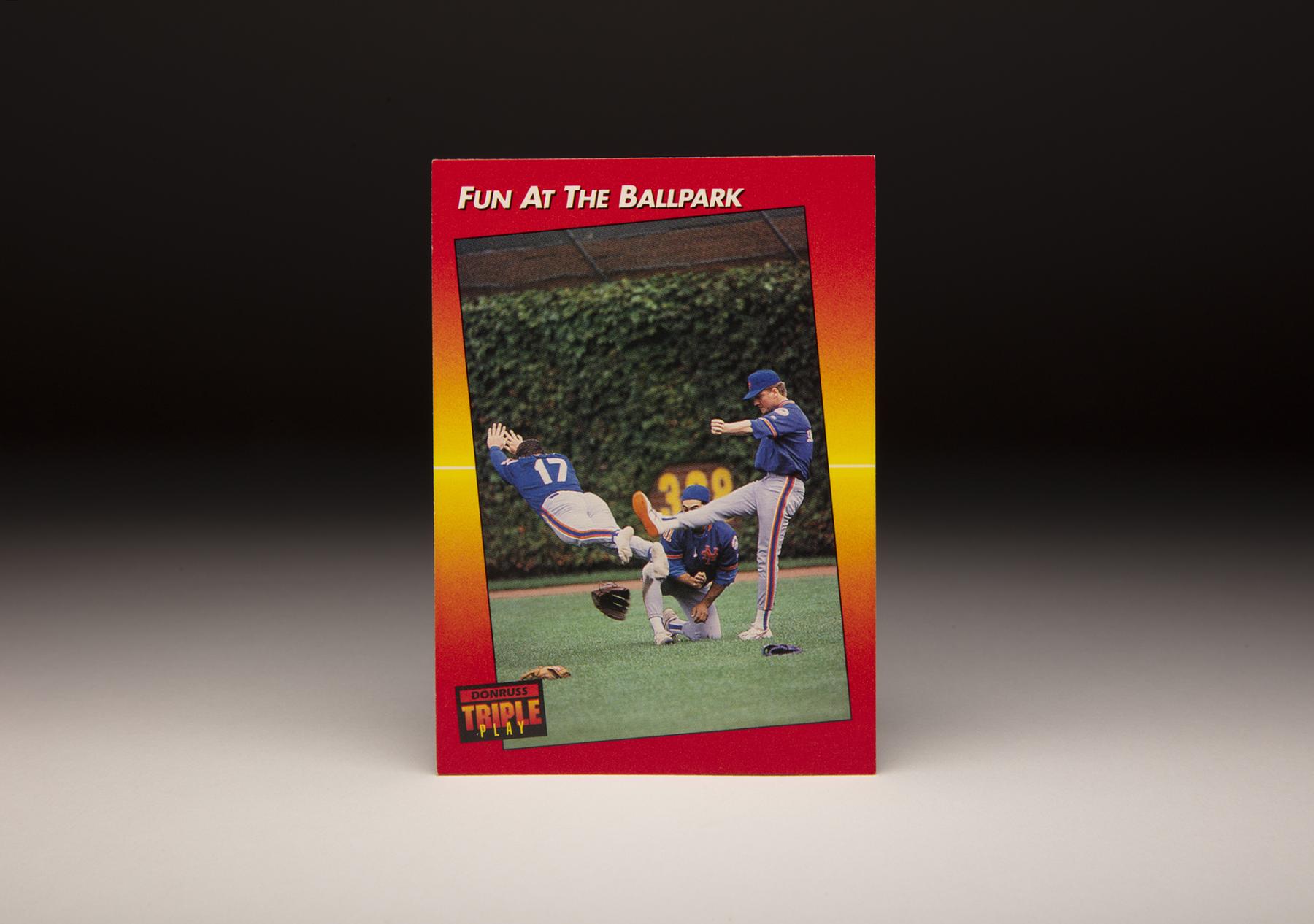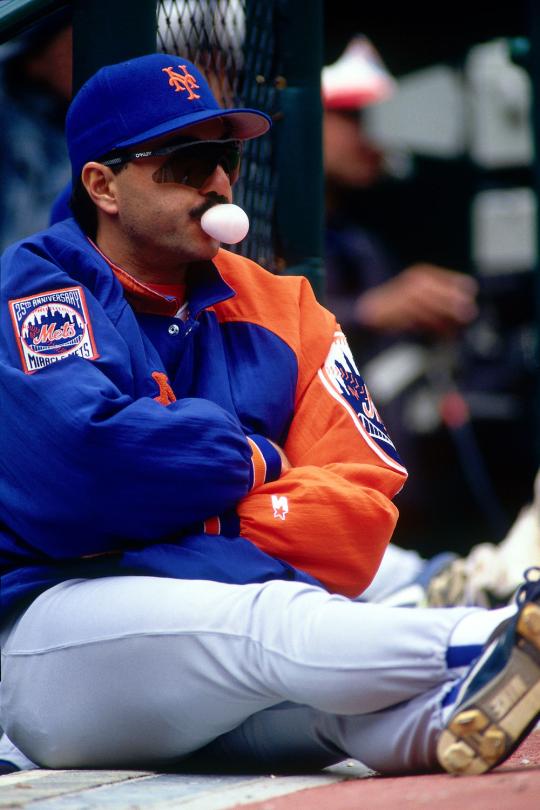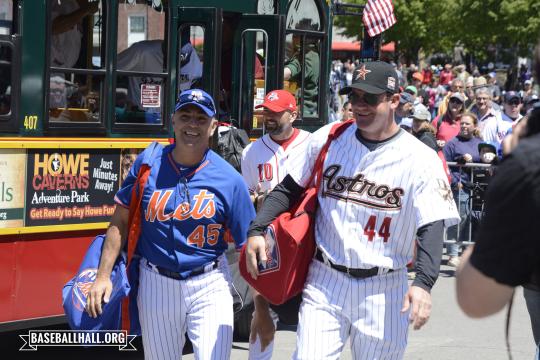- Home
- Our Stories
- #CardCorner: 1992 Donruss Fun at the Ballpark
#CardCorner: 1992 Donruss Fun at the Ballpark
Hall of Fame staffers are also baseball fans and love to share their stories. Here is a fan's perspective from Cooperstown.
Sometimes cards of the 1980s and early 90s receive a bad rap. Due to the glut of cards being produced by a variety of companies, the baseball card market became overly saturated at the time, leading to the so-called baseball card crash of the mid-90s.
Official Hall of Fame Apparel
Proceeds from online store purchases help support our mission to preserve baseball history. Thank you!
Hall of Fame Membership
There is no simpler, and more essential, way to demonstrate your support than to sign on as a Museum Member.
While there is truth to that sentiment, it should not be regarded as an indictment of the cards themselves. While so many cards from that era have gained relatively little in financial value, the general quality of cards showed a marked improvement in the 1990s, with companies like Upper Deck offering cards on thicker stock along with clearer, sharper photography.
As card collectors, we also started to notice more creativity in the production of cards. Some companies began to photograph players in studios, using unusual props and creating poses not previously seen on cards in past decades. More and more companies showed a preference for comedy, as evidenced by Mickey Hatcher’s 1986 Fleer card, which shows him wearing a ridiculously oversized glove that he borrowed from a sporting goods company.
In 1996, Score gave us an odd-looking card of Leon “Bip” Roberts, who decided to sport a sombrero on his head rather than a traditional baseball cap. Then there’s Brian Harper’s 1993 Upper Deck card, in which he can be seen placing a call with an early cellular phone that’s about the size of a house brick. All these years later, those early cell phones look somewhat preposterous, in comparison with the sleek models of today, making the Harper card that much more amusing.
Perhaps none of the cards is any more unusual than the 1996 Upper Deck card of Rex Hudler. The photograph on the back of the card shows the energetic California Angels infielder milking a cow at the ballpark, while sporting the widest of smiles for the cameraman.
And then there are the cards that show players involved in other kinds of non-farming hijinks at the park, as they attempt to kill time before a game. One of the best examples of such a card can be found in the colorful 1992 Donruss “Triple Play” set, with its bright red and yellow spectrum borders and offset framing. This card recently arrived at the Hall of Fame, courtesy of another large and generous donation from a private collector. The unusual card carries the old fashioned title of “Fun at the Ballpark.”
So what exactly is going on here? Let’s start with the setting, the classic confines of Chicago’s Wrigley Field, which we easily recognize through the ivy-covered wall in the background. The three players involved in the antics are not members of the homestanding Cubs, but rather the visiting New York Mets. (The players are wearing their blue warmup jerseys, which were not actually used by the Mets in games, but only worn during pregame workouts). The three Mets are pretending to be football players, simulating a field goal attempt as if they were playing in an NFL game. And they are doing all of this without an actual football in sight. Instead, a fielder’s glove has taken the place of the football.
While the numbers of two of the players are not visible on the card, the back of the card provides all of the information that we need. The kicker is Jeff Innis, a sidearming middle reliever for the ’91 Mets.
The holder is John Franco, New York’s star closer. And the man who is charging from the right side, laying himself out in an effort to block the imaginary kick, is David Cone, one of the team’s pitching aces, who can be seen in his stocking feet.
Innis has somewhat of a difficult role here: Attempting to kick a baseball glove more than a few feet. Based on the photograph, it doesn’t look like Innis has succeeded very well; the glove appears to have reached an apex of about one foot above ground level.
In contrast, Franco’s job is relatively easy; all he has to do is hold the glove until Innis kicks it (while hoping that Innis doesn’t kick his hand by mistake).
Of the three players, Cone has the most demanding and dangerous assignment: making a headfirst leap, his hands outstretched, and his midsection about to bounce hard against the Wrigley Field grass. While we don’t see the final result of Cone’s daring attempt at kick-blocking, we can only imagine that it brought him a little bit of pain.
In today’s game, with players making such large salaries across the board, it’s hard to believe that any manager would sanction such pregame frivolity. If a player were to get a hurt in such a way – particularly a pitcher whose arm is exposed to contact – the players and the manager would likely endure the wrath of the general manager, the owner and the team’s fan base.
Of course, the risk of injury while performing such a stunt was just about the same in 1991 as it is in 2019. It’s just that back in the early 1990s we didn’t think as much about the possibility of something going wrong, simply because the salaries attached to the players were not as high.
In a way that’s sad, because we should want to see players having “fun at the ballpark”; they are, after all, playing a kid’s game. Players acting like enthusiastic, fun-loving kids during the long hours before the game is something natural and good.
The “Fun at the Ballpark” card was part of a special set that Donruss actually marketed toward kids, specifically children between the ages of 5 and 12. Donruss produced 294 cards in the set, making it much smaller than the typical league-wide sets that usually number in the 600-800 range.
In addition to the bright red and yellow color scheme on the fronts of the cards, Donruss included fun facts and amusing quotes from players on the backs.
One subset of cards was called “Little Hotshots,” which showed players when they were young boys. (These cards are reminiscent of the 1972 Topps cards that were called “Boyhood Photos of the Stars”). Another grouping of cards was labeled “Awesome Action”. The Triple Play set also included the first mainstream card for the “Phillie Phanatic” mascot, though he did appear in the background of Glenn Hubbard’s memorable Fleer card some eight years earlier.
“Fun at the Ballpark” was taken during one of the Mets’ three trips to Wrigley Field in 1991. In actuality, the season provided little amusement for the Mets as a team. Coming off seven consecutive winning seasons, the ’91 Mets had been expected to contend for the National League East title. They had lost Darryl Strawberry to free agency, but hoped to compensate for some of the offense he took with him by adding Hubie Brooks and Vince Coleman. Most significantly, the Mets still featured one of the game’s most talented rotations, with Cone, Dwight Gooden and Frank Viola all capable of serving as aces. After the big three, the Mets had the highly effective Ron Darling and a promising young right-hander named Wally Whitehurst. With such a starting staff in place, it was not unreasonable to think that the Mets could win the division title.
The season soon turned into a quagmire. Coleman flopped during his first year in New York and exacerbated the situation by fighting with coach Mike Cubbage in midseason.
Brooks also struggled in his return to New York; he was clearly not the same player that he had been for the Mets in the early 1980s.
In the meantime, Gooden and Viola did not pitch up to expectation. When the Mets fell out of contention, they traded away Darling, thinning the rotation.
The Mets’ poor play cost Bud Harrelson his job as manager. With one week to go in the season, the Mets fired their 1969 World Series hero, replacing him with Cubbage. The Mets would finish the season with only 77 wins, a distant fifth place in the NL East.
While the Mets as a team struggled, the three players on Fun at the Ballpark all had excellent seasons. Pitching in the middle innings, the junkballing Innis (whose fastball measured only 83 miles an hour) had arguably the best season of his career, as he spun an ERA of 2.69 over 66 appearances. He also kept his teammates loose with his sense of humor and his ability to do impersonations of those he met. (According to his SABR biography, Innis became well known for doing a spot-on imitation of Frank Cashen, the Mets’ general manager during the team’s salad days in the late 1980s).
At the back end of the bullpen, Franco had one of his typically standout seasons, finishing with 30 saves and an ERA of 2.93. And Cone emerged as the ace of the starting rotation; he led the team with 232 innings, won 14 games and put up an ERA of 3.29, the best among Mets starters.
So where are these three players today? Innis once said he was interested in joining the FBI (at least according to the back of another one of his baseball cards), but never actually pursued that line of work. Instead, he went into the insurance industry, selling commercial policies to businesses. He also holds private pitching clinics for youngsters under the name of “Jeff Innis Pitching.”
Known for his outgoing personality and leadership skills, Franco has remained in baseball as a coach. In 2006, he served as the pitching coach for Team Italy in the first ever World Baseball Classic. He has also worked in youth baseball in the New York metropolitan area, offering his advice and wisdom to young pitchers. In 2015, Franco paid a visit to Cooperstown, representing the Mets in the Hall of Fame Classic at Doubleday Field.
Of the three players, Cone has maintained the highest profile in his post-playing days. He has become a well-respected broadcaster on the YES Network, where he provides color commentary on New York Yankees games. Unlike a number of former players-turned-broadcasters, Cone has fully embraced analytics and statistical analysis, which he mixes in with his ability to tell stories from his days as a player. Along with his fellow broadcaster Jack Curry, Cone has also authored the 2019 book, Full Count: The Education of a Pitcher. The book became an instant New York Times bestseller.
All three players have done well since retiring from the game on the field. Perhaps their ability to keep a sense of humor, and to keep the game within the proper context, has helped them along the way. There’s little doubt that all three understood the meaning of having some good old-fashioned fun at the ballpark.
Bruce Markusen is the manager of digital and outreach learning at the National Baseball Hall of Fame and Museum
Related Stories
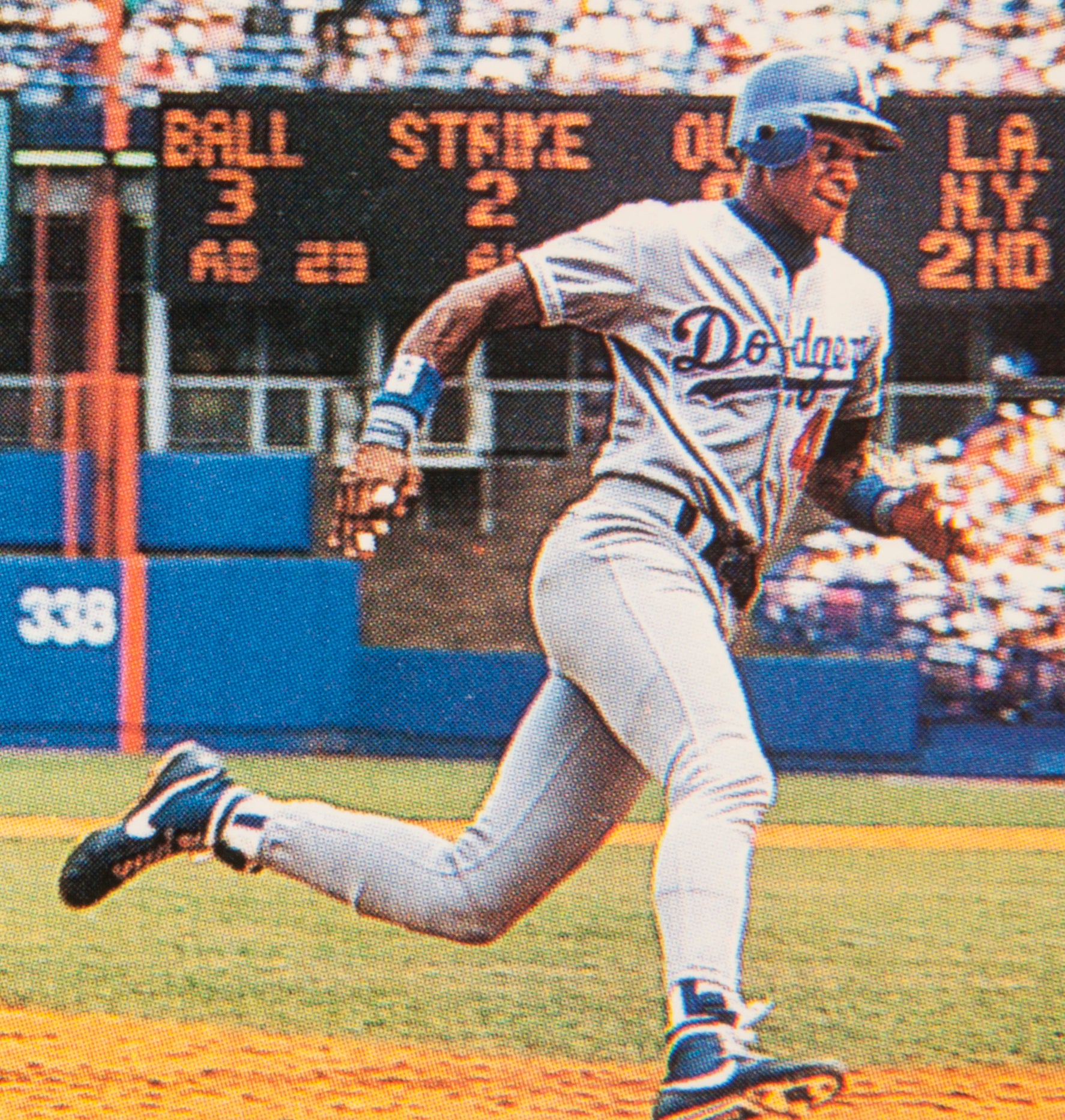
#CardCorner: 1992 Topps Darryl Strawberry
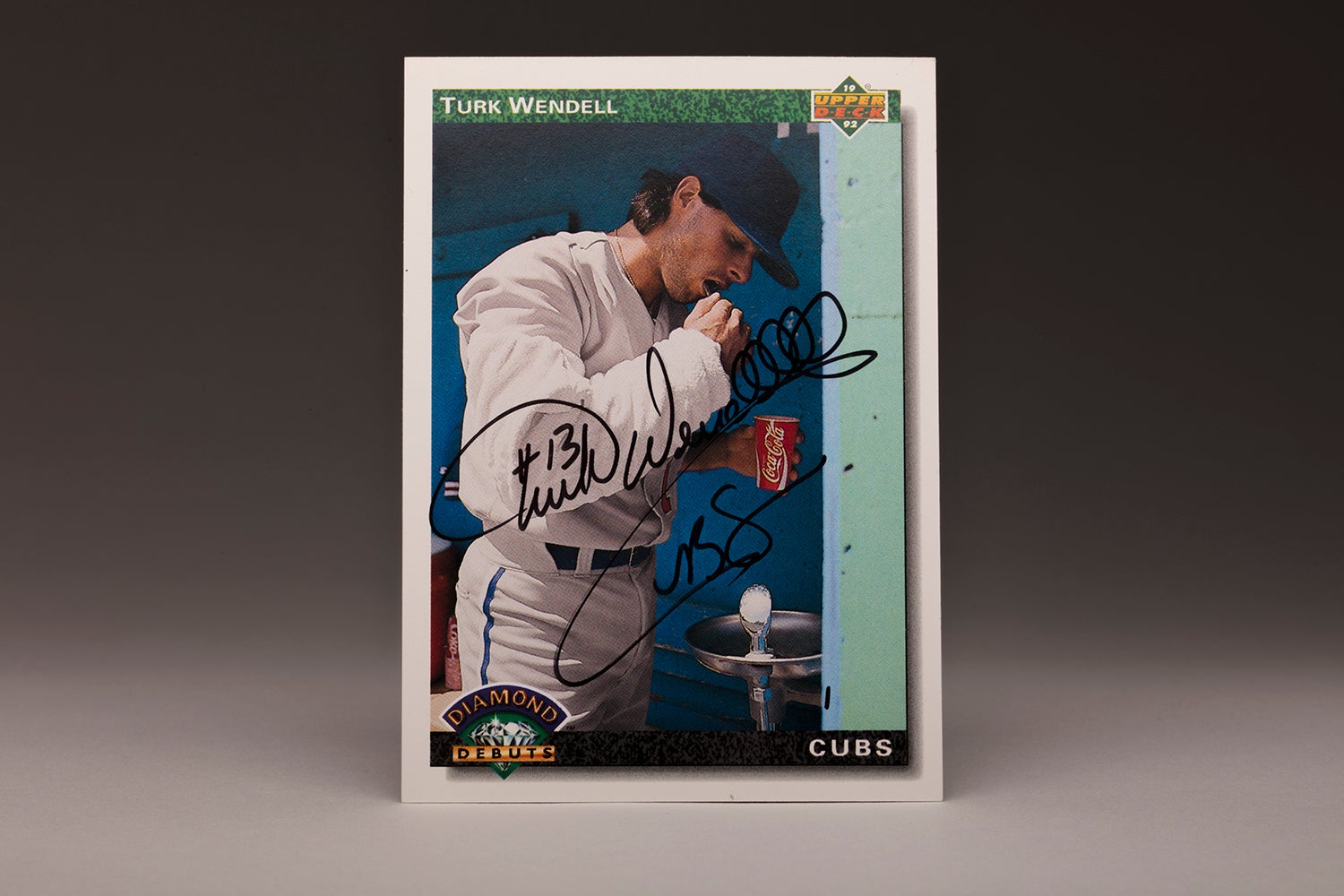
#CardCorner: 1992 Upper Deck Turk Wendell
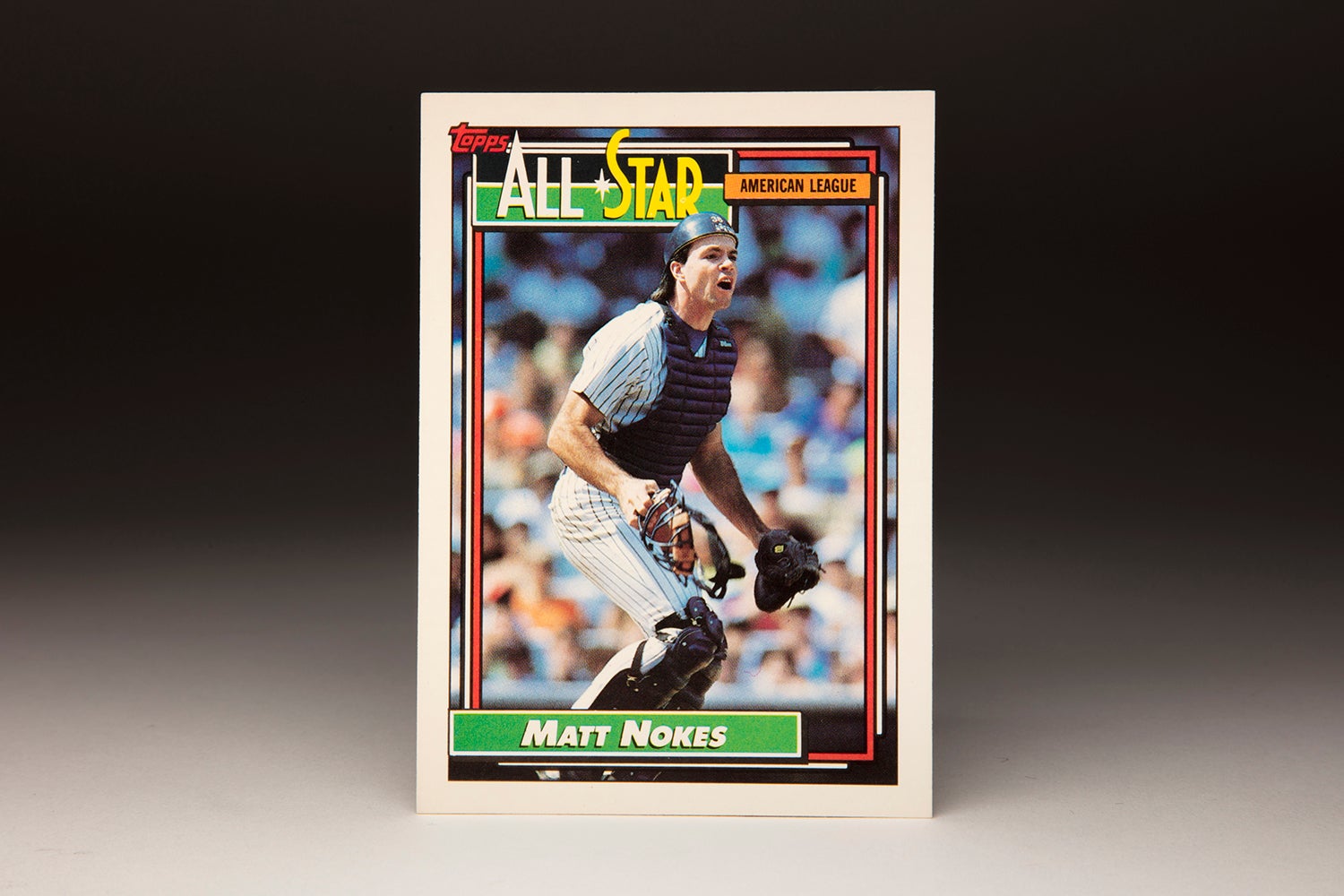
#CardCorner: 1992 Topps Matt Nokes
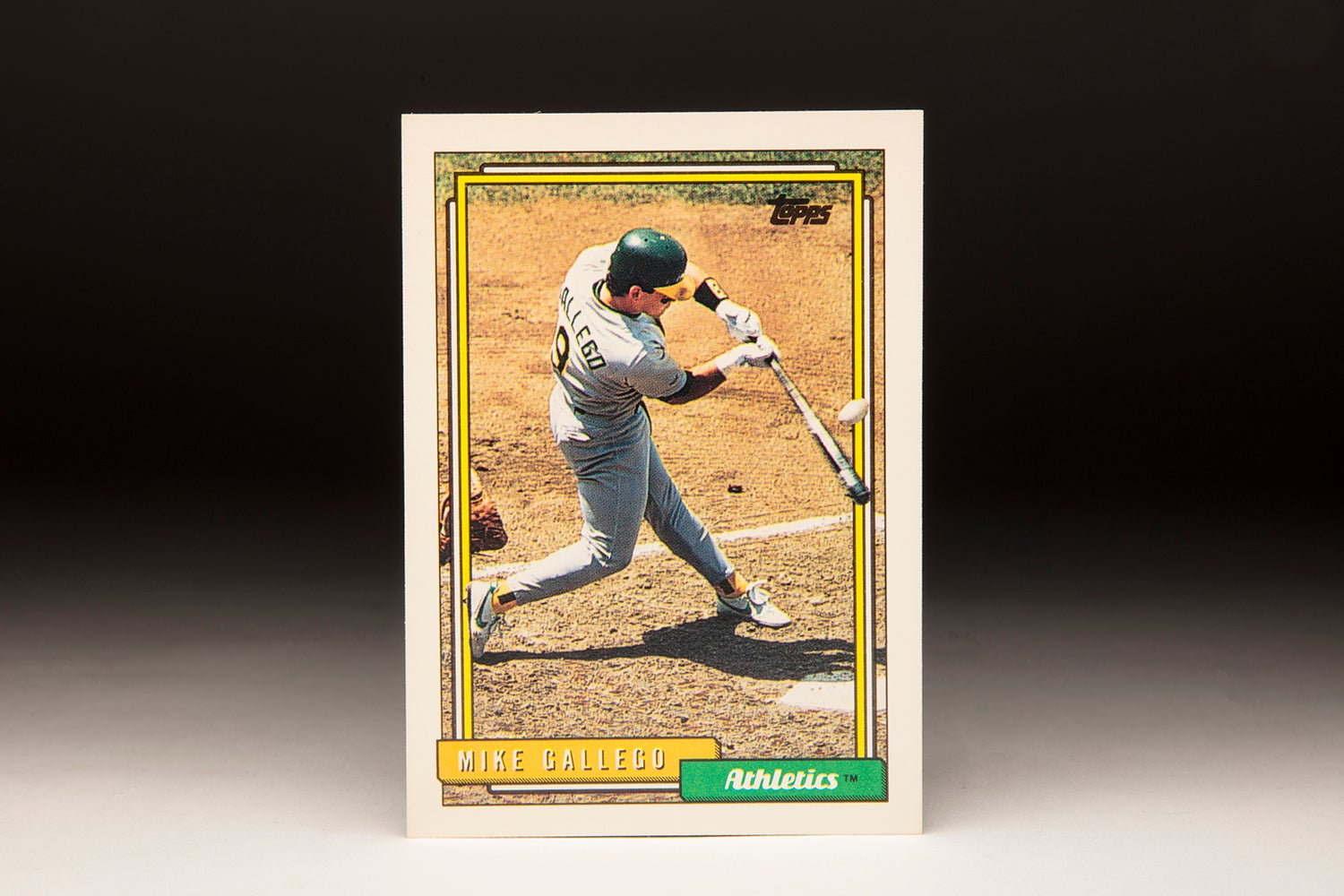
#CardCorner: 1992 Topps Mike Gallego

#CardCorner: 1992 Topps Darryl Strawberry

#CardCorner: 1992 Upper Deck Turk Wendell

#CardCorner: 1992 Topps Matt Nokes


